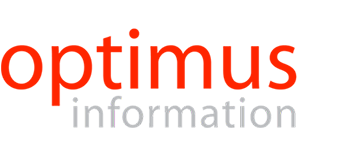In this increasingly digital world, there is infinite access to beneficial services that can grow and take your business to the next level. But sometimes it’s hard to differentiate what service is actually the best fit for your organization. What do you actually need? Is it infrastructure as a service? Report generation? Sometimes it can get confusing. We’re here to clear up one area of technological services: managed services. What does it mean and how does managed services compare to hiring staff internally? Is it better for you to hire a small group of individuals with specific expertise or instead get the job done with a managed service provider (MSP)? Read on to learn what it entails, how it can help you, and how to tell if it is the right service for your company.
Managed Services as a Whole:
So what are managed services? Managed services (MS) are typically defined as services provided by a third party to manage and refine daily operations of your applications or business systems. Managed services provide the most modern and updated skill sets needed and is usually a highly trained group of individuals with expertise in your specific business needs. MS differs from traditional IT support in a variety of ways. Not only is it considered a more cost-effective use of resources but also provides 24/7 support.
Benefits of Using a Managed Services Provider:
There are a plethora of upsides to using a managed services provider (MSP), so we will just highlight a few.
- Flexible
An MSP delivers the most flexible service model available. Not only is it scalable, you can direct your MSP to certain applications, objectives, and core values. This makes for less distraction and “noise” in what would otherwise be a spread out agenda for your (already busy) internal team. - Cost-effective
Instinctively, one might assume that using an MSP is additional upkeep that they don’t want looming overhead. However, what many fail to realize is that MSPs allow for the efficient allocation of tasks to those specifically trained in the area. In the time that your own internal team would have to educate themselves it would cost far more than bringing in the experts. As well as, most likely, delivering less efficient results. - Proactive
Finally, using an MSP is a proactive approach to maintenance. Instead of the traditional IT support method in which something needs to be “broken” in order to be “fixed”, MSPs root out future problems and fix them before they even surface. This allows for greater support for security and increases stability within your organization.
Is Managed Services the Right Fit for Your Business?
Sometimes it can be hard to tell what is good for your organization. So how can you tell if MS is the right solution for you? If you are looking for a smaller, dedicated team of experts, this is a good indication that MSPs may be for you. Do you have specific problems that need to be pinpointed and solved? And are you looking for continued maintenance in the future rather than just fixing what is broken? If your organization checks any of these boxes, MSPs may be just what you are looking for. And saving some money never hurt anyone either.
Why Optimus?
Not only do we cover all of the aforementioned, we have deep Azure experience and can take your day to day operations off your plate. With 24/7 support, improved risk management, dashboards, reports, and more, we will deliver on all key objectives. Think of us as an extension of your team. We understand your business, so let’s improve it together over time.
Interested? Contact us here.

